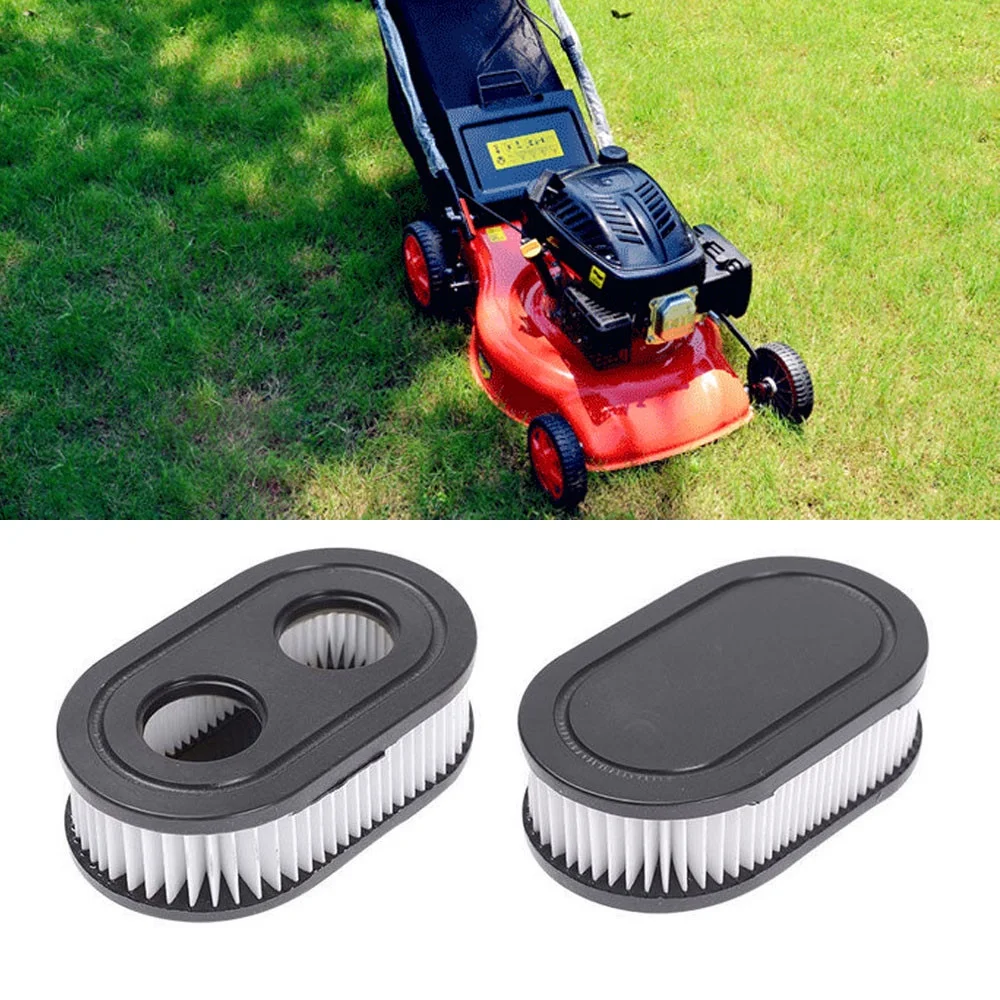It depends. While most car manufacturers recommend changing your engine oil every 3,000 to 7,500 miles, this can vary based on several factors, including:
- Driving conditions: Driving in harsh conditions, such as extreme temperatures, heavy traffic, or dusty roads, can cause your oil to degrade faster.
- Oil type: Synthetic oils generally last longer than conventional oils.
- Vehicle age and mileage: As your vehicle gets older and the mileage increases, you may need to change your oil more frequently.
Let’s dive deeper into each of these factors.
Climate and temperature
Climate and temperature play a significant role in determining how long your engine oil lasts. Extreme conditions can accelerate oil degradation, while milder environments can extend its lifespan.
High Temperatures
- Increased Oxidation: Higher temperatures can cause the oil to oxidize more rapidly, breaking down its molecular structure and reducing its effectiveness.
- Viscosity Loss: Heat can cause the oil to thin out, making it less able to protect engine components from wear and tear.
- Contaminant Formation: High temperatures can accelerate the formation of contaminants like sludge and varnish, which can clog engine passages and reduce oil flow.
Low Temperatures
- Viscosity Increase: Cold temperatures can cause the oil to thicken, making it difficult for the pump to circulate it throughout the engine.
- Reduced Lubrication: Thickened oil can lead to increased engine wear and reduced fuel efficiency.
- Wax Formation: In extremely cold climates, wax can form in the oil, potentially blocking oil passages and causing engine damage.
Climate-Specific Considerations
- Hot Climates: If you live in a region with high temperatures, consider using a high-quality synthetic oil, which is designed to withstand extreme heat.
- Cold Climates: In colder regions, use a winter-grade oil that is formulated to remain fluid at low temperatures.
- Seasonal Changes: If your climate experiences significant seasonal variations, you may need to change your oil more frequently or use oils that can withstand a wider range of temperatures.
By understanding the impact of climate and temperature on engine oil, you can make informed decisions about oil selection and change intervals to ensure optimal engine performance.
Driving Conditions
- Extreme Temperatures: High temperatures can cause oil to break down faster, while low temperatures can thicken it, making it less effective at lubricating your engine.
- Heavy Traffic: Frequent stops and starts can put extra stress on your engine and oil.
- Dusty Roads: Dust and dirt can contaminate your oil and accelerate its breakdown.
- Short Trips: If you frequently take short trips, your engine oil may not get hot enough to evaporate contaminants, which can lead to sludge buildup.

Industry standards and best practices
The lifespan of engine oil is a complex issue that depends on several factors, including the type of oil, driving conditions, and vehicle maintenance. While the industry offers general guidelines, it’s essential to consult your vehicle’s owner’s manual for specific recommendations.
Industry Standards
- Traditional Oil Changes: Most car manufacturers recommend oil changes every 3,000 to 5,000 miles for conventional oils.
- Extended Oil Change Intervals: With advancements in oil technology, some manufacturers now offer extended oil change intervals of up to 7,500 or even 10,000 miles for certain vehicles and driving conditions.
- Synthetic Oils: Synthetic oils often have longer lifespans than conventional oils, allowing for extended change intervals.
Best Practices
- Consult Your Owner’s Manual: Always refer to your vehicle’s manual for specific oil change recommendations.
- Monitor Oil Level: Regularly check your oil level using the dipstick. Low oil levels can lead to premature engine wear.
- Inspect Oil Condition: Periodically check the oil’s color and consistency. Dark, dirty oil may need to be changed sooner.
- Consider Oil Analysis: For more precise monitoring, consider oil analysis tests that can assess the oil’s condition and identify potential issues.
Remember, while industry standards provide guidelines, your vehicle’s specific needs may vary. By following your owner’s manual recommendations and paying attention to your vehicle’s performance, you can ensure optimal engine health and longevity.
Oil Type
- Conventional Oil: This is the most common type of oil, and it typically needs to be changed every 3,000 to 5,000 miles.
- Synthetic Oil: Synthetic oils are chemically engineered to provide better performance and last longer than conventional oils. They can often go 5,000 to 7,500 miles between changes.
- High-Mileage Oil: If your vehicle has over 75,000 miles, you may want to consider using a high-mileage oil, which is formulated to help protect older engines.
Dashboard warning lights
Your car’s dashboard is a vital communication tool that can alert you to potential problems. Here’s a breakdown of some common warning lights and what they might mean:
Red Warning Lights
- Battery Light: This light indicates a problem with the charging system. If it comes on while the engine is running, it could be a sign of a faulty alternator or battery.
- Brake Warning Light: This light can indicate a problem with the braking system, such as low brake fluid or a malfunctioning brake light.
- Check Engine Light: This light can signal a variety of issues, from minor sensor problems to more serious engine trouble. If it comes on, it’s important to have your vehicle inspected by a mechanic.
- Oil Pressure Warning Light: This light indicates low engine oil pressure, which can damage your engine if not addressed promptly.
- Overheat Warning Light: This light signals that your engine is overheating, which can cause serious damage if not addressed immediately.
- Steering Wheel Warning Light: This light can indicate a problem with the power steering system.
- Transmission Warning Light: This light signals a potential issue with your transmission.
Yellow or Amber Warning Lights
- ABS Warning Light: This light indicates a problem with the anti-lock brake system.
- Airbag Warning Light: This light signals an issue with the airbag system.
- Door Ajar Warning Light: This light indicates that a door is open or not properly closed.
- Seat Belt Warning Light: This light indicates that a seat belt is not buckled.
- Stability Control Warning Light: This light indicates a problem with the vehicle’s stability control system.
- Traction Control Warning Light: This light indicates a problem with the traction control system.
If any warning light comes on, it’s important to address the issue promptly. Ignoring warning lights can lead to more serious problems and potentially dangerous situations.

Vehicle Age and Mileage
As your vehicle gets older and the mileage increases, the internal components can wear out, which can produce more contaminants that can degrade your oil. Additionally, older vehicles may have seals and gaskets that are more prone to leaking, which can allow oil to escape and reduce the level in your engine.
Proper disposal of used engine oil
Used engine oil can be harmful to the environment if not disposed of properly. It contains contaminants that can pollute water and soil, and it is also a fire hazard. Here’s a breakdown of the proper ways to dispose of it:
Recycle it at a local auto parts store or service station.
Many of these businesses have oil recycling programs. They will collect your used oil and transport it to a facility that can process it into new products.
Take it to a hazardous waste collection site.
If your local auto parts store or service station doesn’t accept used oil, you can take it to a hazardous waste collection site. These sites are often operated by government agencies or environmental organizations.
Check with your municipality.
Your city or town may have specific guidelines for disposing of used engine oil. They may also offer a collection service or point you to a local recycling facility.
Things to avoid:
- Pouring used oil down the drain. This can contaminate the water supply and cause environmental damage.
- Dumping used oil on the ground. This can pollute the soil and harm plants and animals.
- Burning used oil. Burning oil releases harmful fumes into the atmosphere.
By following these guidelines, you can help protect the environment and ensure that your used engine oil is disposed of properly.

So, how do you know when it’s time to change your oil?
In addition to following the manufacturer’s recommended oil change intervals, there are a few other signs that your oil may need to be replaced:
- The oil is dark or dirty.
- The oil has a burning smell.
- You notice a knocking or ticking noise from the engine.
- The oil level is low.
If you’re unsure whether it’s time for an oil change, it’s always better to be safe than sorry. A professional mechanic can check your oil level and condition and advise you on when to schedule a change.
By following these guidelines and paying attention to the signs that your oil may need to be replaced, you can help ensure the long-term health of your engine.





